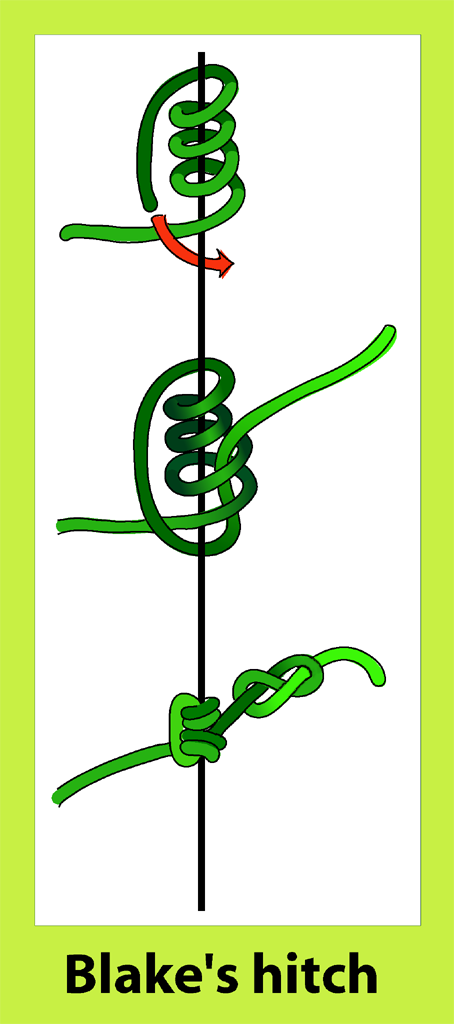TITANPARACORD.COM -

History of the Blake’s Hitch
Usage of the Blake’s Hitch
Tying the Blake’s Hitch

Blake’s Hitch
The post Blake’s Hitch appeared first on Titan Paracord.
ALL TITAN SURVIVAL PRODUCTS ARE GUARANTEED FOR LIFE - FREE SHIPPING ON ALL U.S. ORDERS!
SurvivorCord
SurvivorCord is our original patented MIL-STYLE paracord with three potentially life-saving internal strands added: Fishing line, waterproof fire-starter, and multi-purpose utility wire.
SurvivorCord XT
SurvivorCord XT is SurvivorCord...but better! Built for Bushcraft, this latest incarnation of our patented paracord upgrades the internal survival strands for better outdoor recreational utility.
ShockCord
Elastic ShockCord has 100% stretch, a tensile strength of ~100 LBS, and is ideal for creating bungee cords and securing or tethering items to your equipment or vehicles.
Spools
Looking for BULK cordage? This shortcut takes you to all of your favorite TITAN Survival cordage in 500 and 1,000 foot spools.
SurvivorCord is patented and guaranteed for life!
TITANPARACORD.COM -


Blake’s Hitch
The post Blake’s Hitch appeared first on Titan Paracord.